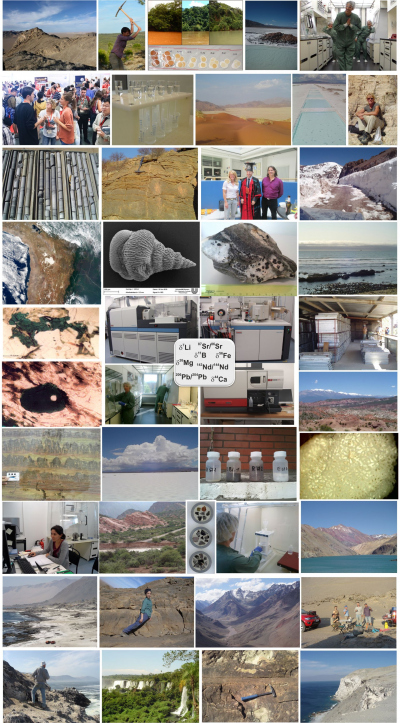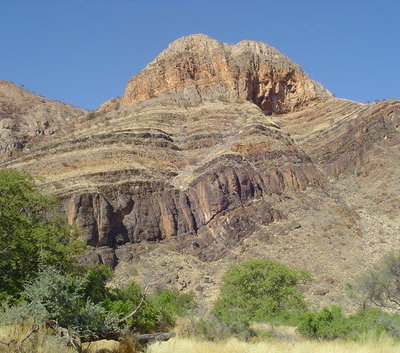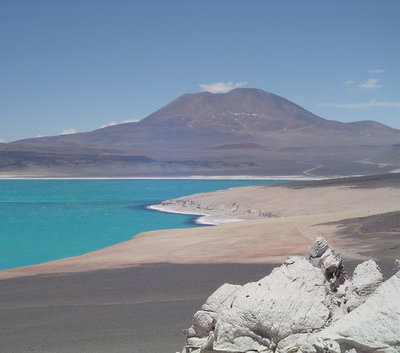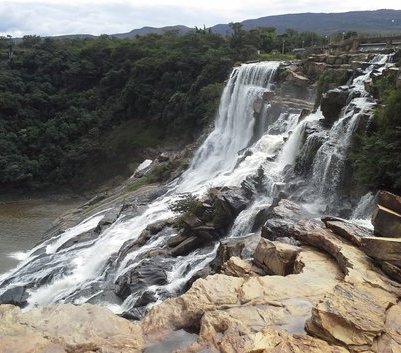- Isotopengeochemie
- Forschung und Projekte
Forschung und Projekte
A key research topic is on the application of lithium, boron, calcium, magnesium and strontium isotopes to study deep time records of global change with focus on ocean acidification and Earth System response through continental weathering.
An additional focus is on transport and (re)cycling of elements at active plate margins. Mantle dynamics, plate tectonics and mass transfer are processes which have shaped our earth and are currently influencing the environment through volcanic eruptions, earth quakes, tsunamis and climate change.
The signatures of radiogenic isotopes provide information on the continental input into the ocean. This input reflects large scale variations in weathering and rates of denudation that are controlled by orogen building, large igneous events or climatic changes like glacial and interglacial intervals.
Weitere Projekte/Kooperationen

- Australia (Flinders University, P. Kirkbride, K. Seyfang) Chemical characterisation of gunshot residue - Boron and Lithium Isotope Composition of High-boron Certified Reference Materials.
- TUB/GFZ (M. Kutzschbach, B. Wunder, G. Franz) Fractionation of Boron isotopes between fluid and Tourmaline as a function of pressure, Temperature and Boron Concentration in Tourmaline.
- TUB/GFZ (E. Berryman, M. Kutzschbach, B. Wunder, G. Franz) Fluid dynamics during alpine metamorphism of Post-Variscian sedimentary rocks of the central Tauern Window (Pfitscher Joch) using Tourmaline as petrogenetic indicator mineral.
- Mexico (J. Mahlknecht) Assessing seawater intrusion in an arid coastal aquifer under high anthropogenic influence using major constituents, Sr and B isotopes in groundwater.
- Nairobi (L. Olaka) Determining Groundwater Vulnerability to Climate Variability in the Kenia Rift.
- South Sudan (University of Juba)/TUB (D. Evuk, G. Franz) Isotopic evolution and elemental composition of Neoproterozoic basement, Bayuda Desert, Sudan.





